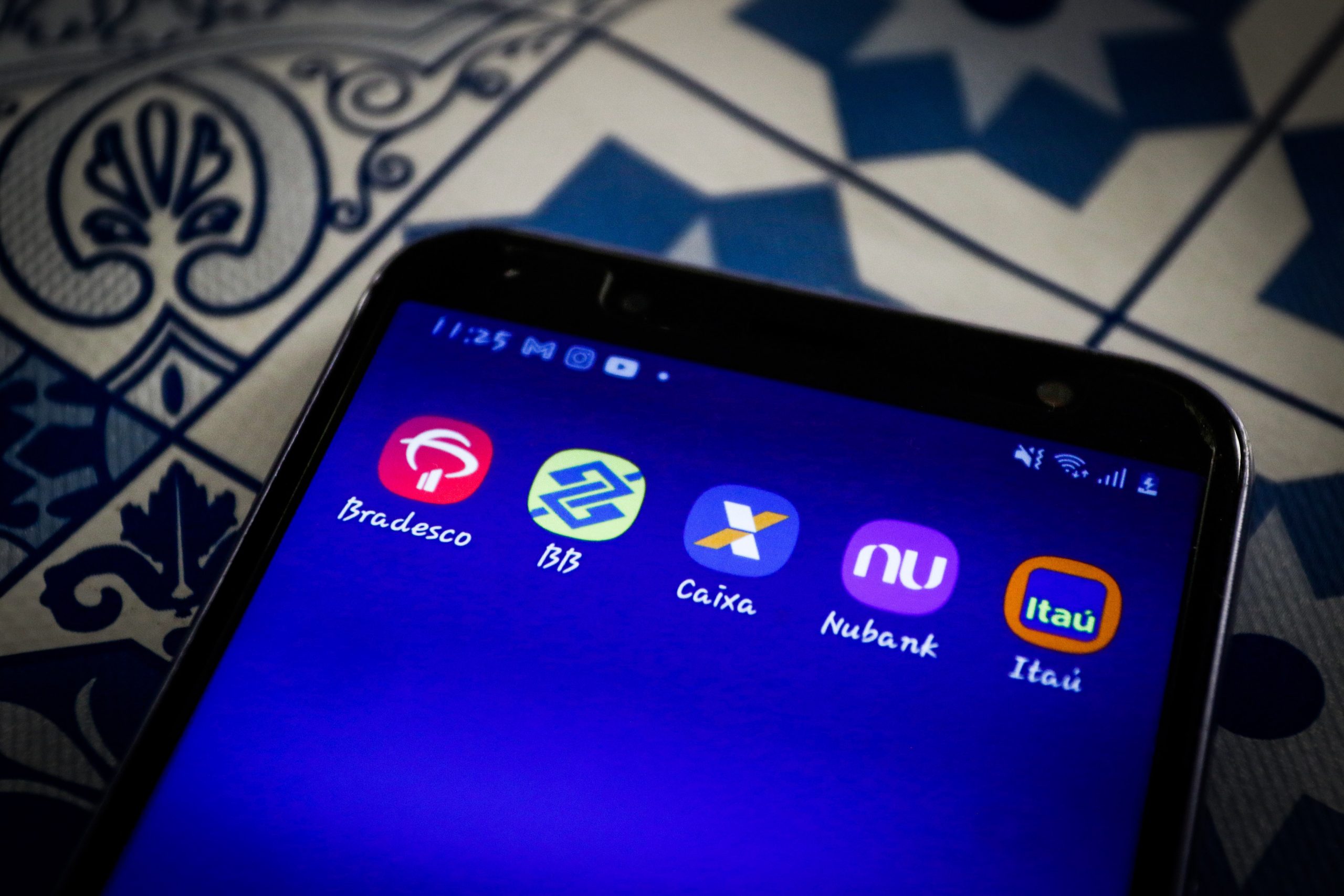[ad_1]
Ukrainian soldiers at a steel plant in Mariupol have surrendered. It’s the symbolic seal on Russia’s control, after weeks of a punishing assault against the strategic port city — but it is a victory that comes at a stunning cost.
On Monday, more than 260 Ukrainian fighters, including 53 seriously wounded soldiers, were evacuated from Azovstal Iron and Steel Works, Ukrainian officials said. They had been holed up there for weeks, the city’s last line of defense against Russian bombardment.
Now, Ukrainian fighters are reportedly being transported to Russian-controlled territory, where, according to Ukraine’s deputy defense minister, they will ultimately be traded in a prisoner exchange for Russian soldiers. Russia has said that it will treat the troops “consistent with the respective international laws,” though some Russian officials called for the Ukrainian fighters to face trial as war criminals. Dozens of fighters still remain at the plant, and exactly what will happen to them is still uncertain, though reports suggest that they, too, will be evacuated and transported out of Mariupol.
“The 82nd day of our defense is coming to an end,” Ukrainian President Volodymyr Zelenskyy said in a video address Monday evening. “A difficult day. But this day, like all the others, is aimed precisely at saving our country and our people.”
“I want to emphasize: Ukraine needs Ukrainian heroes alive,” he added. “This is our principle. I think that every adequate person will understand these words.”
Mariupol, on the Sea of Azov, was a city of more than 400,000 before Russia’s invasion. Seizing it was central to Russian President Vladimir Putin’s propaganda that he is trying to “liberate” Russian speakers from Ukrainian control. The city has been under Russian siege for the length of the entire war. To finally take it, Russia had to effectively destroy it, and empty it of its people — killing thousands of civilians, and turning many of the rest to refugees.
But the resistance of Ukraine’s fighters in Mariupol helped bog down Russian forces and resources, preventing them from achieving their war aims elsewhere. “They bought very precious time, from a tactical point of view, for Ukrainian forces to counterattack in other areas, regroup, and receive also additional weapons from the West,” said Natia Seskuria, a Russia expert and associate fellow at the Royal United Services Institute.
The defiance of Ukrainian fighters at the steel plant — and earlier, that of the civilians, who were evacuated earlier this month from the plant — also denied Putin the symbolic victory he sought, especially in advance of Russia’s Victory Day holiday earlier in May. The determination of those trapped in the steel plant, under relentless Russian assault, wove into the larger story Kyiv and its allies are telling about about the fierceness of the Ukrainian resistance.
“Russia can take what’s left of the city. But, wow, has it lost the narrative,” said Olga Oliker, the International Crisis Group’s program director for Europe and Central Asia.
“On the Ukrainian side, you have these tales of heroism and self-sacrifice,” Oliker added. “And on the Russian side, all you’ve got is ‘we kept pummeling and pummeling and pummeling and pummeling.’”
Putin had declared Mariupol “liberated” last month, and as experts said then, besides the holdouts in the steel plant, the city was largely already under Russian control. But the surrender of these forces still delivers a victory to Russia, especially as the Kremlin seeks to consolidate territory in the east and the south of Ukraine.
Right now, the war is grinding on, with Russia making incremental gains, and Ukraine launching counteroffensives to retake some of those gains, as Ukrainian soldiers are currently doing in Kharkiv. Mariupol is a piece of this larger struggle, even as it stands as an emblem of the devastation and unfathomable human toll of the Ukraine war so far. What Putin can now claim is a city brutalized to ruins.
Mariupol is strategic and symbolically important — for Ukraine and for Russia
In May 2014, after Russian troops invaded the Donbas in support of separatists there, Russian-backed separatists temporarily seized control of Mariupol. They held on for a few weeks until Ukrainian government forces retook the city in June 2014.
In a lot of ways, this was a preview of why Mariupol was always going to be a critical city in any Russian attack on Ukraine — and why its fate ties into the larger themes of this war.
Ukraine, especially after 2014, saw Mariupol as key to any sort of defense it might need to mount against a Russian invasion. “The Ukrainian military has been preparing for exactly this for the last eight years,” said Mason Clark, lead Russia analyst at the Institute for the Study of War.
As the siege has played out, it became clear that the Ukrainian military did invest a lot of resources into the defense of the city, which enabled it to withstand weeks of Russian bombardment. Mariupol’s ability to hold on despite the onslaught also helped Ukraine in its pleas for foreign aid and military assistance, which the West is now delivering on in substantial ways.
But that defiance came at a cost: Mariupol’s unwillingness to crumble in the face of Russia’s attack made it the target of a relentless and indiscriminate military campaign.
Russia besieged the city in early March, bombarding residential areas, damaging water and electricity infrastructure, and cutting off supplies of food and medicine. Residents melted snow for water; bodies were strewn in the streets. In March, the Russian military bombed a maternity ward; weeks later, it bombed a theater where hundreds of residents took shelter.
The full humanitarian toll is still difficult to assess, but last month, a top United Nations official described Mariupol as the “center of hell.” This month, the UN and the International Committee of the Red Cross brokered a deal to safely evacuate civilians from Mariupol and the surrounding areas, including the 1,000 or so civilians also trapped in the steel plant, many with dwindling food, water, and supplies. The status of the potential tens of thousands left in the city is unclear. Besides the thousands who fled, Ukraine has alleged that Russia has forcibly transferred thousands of civilians to Russian territory. Officials estimate that some 21,000 people have been killed. Satellite imagery shows mass graves.
Russian forces were “really punishing Mariupol for not greeting them, not just rolling over, not understanding its place in their pretty sick vision of that part of the world,” said Brian Milakovsky, an expert on the socioeconomic conditions in eastern Ukraine. “I really think there’s an element of that — they came in thinking it would be a cakewalk, that they’d be greeted with bread and salt. And they instead faced resistance, including civic resistance.”
Mariupol also has resonance with Putin’s claims that he launched a “special military operation” in order to “de-Nazify” Ukraine and protect Russian speakers. Mariupol is home to the Azov Battalion, a regiment absorbed into the National Guard of Ukraine that has far-right roots. Its members were those that led the resistance at the steel plant.
The Azov Battalion grew out of a neo-Nazi group in the wake of the 2014 invasion, and became a far-right volunteer militia as it fought against Russian separatists in the conflict. (It also helped the Ukrainian government retake Mariupol in 2014.) The group has, under pressure from the Ukrainian government, distanced itself from those extremist ties, but it still operates as a fairly independent group with occasional ongoing bigoted activities.
Putin is nonetheless exploiting its origins for his own false narrative. The Azov regiment is portrayed as the symbol of the so-called Nazis in Ukraine, bolstered by the propaganda machine at home. As Clark said, Russia “built up Mariupol as this central location of the ‘fascism’ in the Ukrainian military that they say they are targeting.”
What happens now?
Russia has dubbed Mariupol a “mass surrender,” a sign they are already trying to sell this as a victory. But, as Seskuria said, that declaration of victory “doesn’t have that meaning that they were looking for at the beginning because it took them almost three months to take Mariupol.”
And, of course, Russia had far more ambitious plans at the outset of the war — Mariupol wasn’t the prize, Kyiv was. Russia has since recentered its campaign in the east and the south of Ukraine, where Mariupol matters more. But, again, it required Russian troops to pour manpower and resources into a fight that a few thousand soldiers in the tunnels of a steel plant withstood for weeks.
Russia has said it seeks “full control” of the Donbas and southern Ukraine, and Mariupol helps Russia carve out this slice of Ukraine from the east to the Crimean peninsula.
But, experts said, the evacuation of Ukrainian troops in Mariupol is unlikely to dramatically shift the war right now, in part because the Russians already had substantial control of Mariupol — so whatever strategic win Mariupol might provide, Russia has already largely cashed in on it.
And Russia, right now, is struggling to achieve full control of eastern and southern Ukraine. In the east, in particular, Russia’s offensive is stalling as both Moscow and Kyiv trade incremental gains of territory.
Mariupol is a real territorial loss for Ukraine, but it remains a potent tool in their own portrayal of the war, both at home and abroad. There is a reason Zelenskyy called Mariupol’s defenders “heroes” — and, how the soldiers are treated now that they are in Russian-controlled territory will also shape the story. As experts said, it may end up being one of the great heroic narratives of the Ukraine war, if not the central one.
“The strategic significance of the port is the strategic significance of the port,” Oliker said of Mariupol. “But it became much more about the story of a city that would not fall despite being destroyed.”
[ad_2]
Source link












